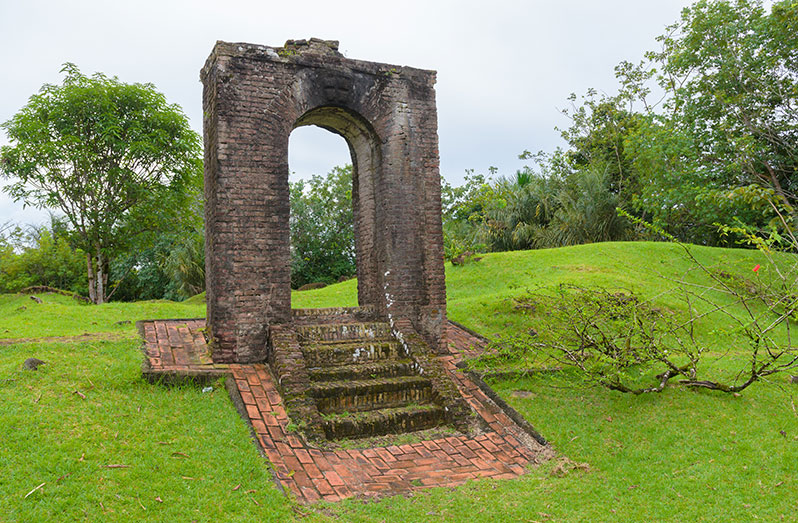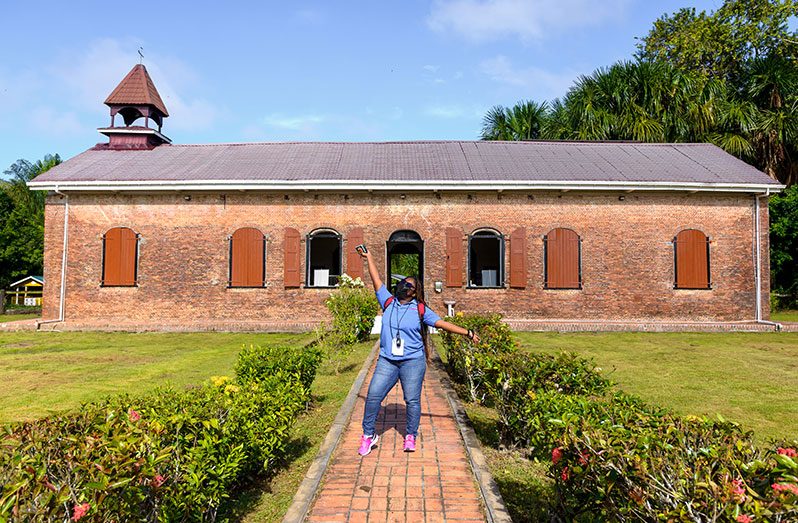Stretching over 1000 kilometers, the Essequibo River, a mighty being, is the country’s largest of river. Her majestic waters flow from the Acarai Mountains near the border of Brazil. She is the home to some of the country’s richest fauna, and her body takes you on a journey into an ecoregion of ambient forestry and delightful sites that would undoubtedly leave you in awe. I can say this from experience.
While there are many aesthetics to visit on the river, her true beauty, in my opinion, comes from the historic islands that sit peacefully on her surface. They are said to be at least 365 islands in the river; however, this can easily be called a romantic tale, since there has not been any tangible proof of this, according to a villager of one of the known islands I recently visited.
Be it known that I have sailed the path of the Essequibo several times before, experiencing both the peace of the calm waves, and the bumps of the angrier ones, but my most recent visit took me to the islands that house the historic artifacts left behind by the Dutch men who once walked the shores of Guyana.

My first stop was Fort Island and the Court of Policy. This island is famously known as a tourist attraction since it is the home to tangible and intriguing pieces of history. More specifically, Fort Zealandia, the country’s oldest Dutch fort, as well as its oldest political institution – the iconic Court of Policy. The Court of Policy has its origin in the Dutch-designated Council of Policy and Justice [Raad van Politie and Justice] in 1718; that is the year the constitution of the Essequibo Council was significantly altered.
That institution attended to the affairs of the Dutch colony of Essequibo, particularly in its initial stage; it comprised the Dutch Commander, the Secretary and two managers of plantations owned by the Dutch West India Company.
To date, the Court of Policy has been converted into the Dutch Heritage Museum and of course, I’m here to tell you, our valued readers, what’s inside this stoned structure of ancient tales.
With most of its structure intact, the building is also the burial site of three Dutch citizens. Their presence is evident in what they left behind, and I am not just referring to the artifacts; their bones have also been left behind.
A cool fact is that Dutch tombs can be found throughout the length of Guyana, and in most cases, you just have to know where to look.

There are three tombs within the building, these are that of Johannes Backer, a commander, captain and member of the Court of Essequibo, who died on February 19, 1772. There is also the tomb of Laurens Gerhardus Lodewych Backer, who was merely a year-old, having died on September 1 1768. There were also the remains of Michael Roth, a doctor for the Dutch West India company who died in the Essequibo River on November 15, 1770.
Outside of the tombs, several other artifacts are securely displayed in a glass case in the museum. These were broken pieces of cutlery, whiskey bottles, ancient teapots and even heavily rustic shackles that sent a cold shiver down my spine as I envisioned the horrors of slavery.
FORT ZEELANDIA
Just a few minutes’ walk from the Court of Policy is the Fort Zealandia. While some parts of the structure seemed to have suffered the elements of time and perhaps weather, the Fort still seemed as sturdy as can be. Its existence can be traced back to as early as 1679, when Dutch Commander Abraham Beekman highlighted the need for a fort on the island, which, back then, was called flag Island.

Originally built of timber, there was some conflict to replace the infrastructure with brick, which saw a stall in its completion for some time. However, it was finally completed in 1472 and was deemed to be one of strongest Forts, and I guess since majority of its structure is still standing to tell stories centuries old, then the observation must be true.
The fort was equipped with 18-19 guns and four ramparts; the fort’s lozenge-shaped design is said to be similar to other forts built in West Africa. Inside of the fort, there were three covered mason redoubts with flat roofs, embrasures and an armory, which is also still standing.
FORT KYK-OVER-AL
One of my final stops on the Essequibo River was my visit to Fort Kyk-Over-Al, a small settlement that overlooks the confluences of the Essequibo, Mazaruni and Cuyuni rivers. This was once a striving settlement for trade; however, a mere structural arch is what is left of this structure.
The trading post was equipped with a few small guns and was named ‘fort der Hooge’, after an influential Dutch. It was later renamed Kyk-Over-Al, which in the Dutch language, means ‘see over all’ – perhaps indicative of the breathtaking sites of the three gorgeous rivers. That is all I have to share with you this week. Until my next adventure, I hope you all remember to mask-up and stay safe.



.jpg)











